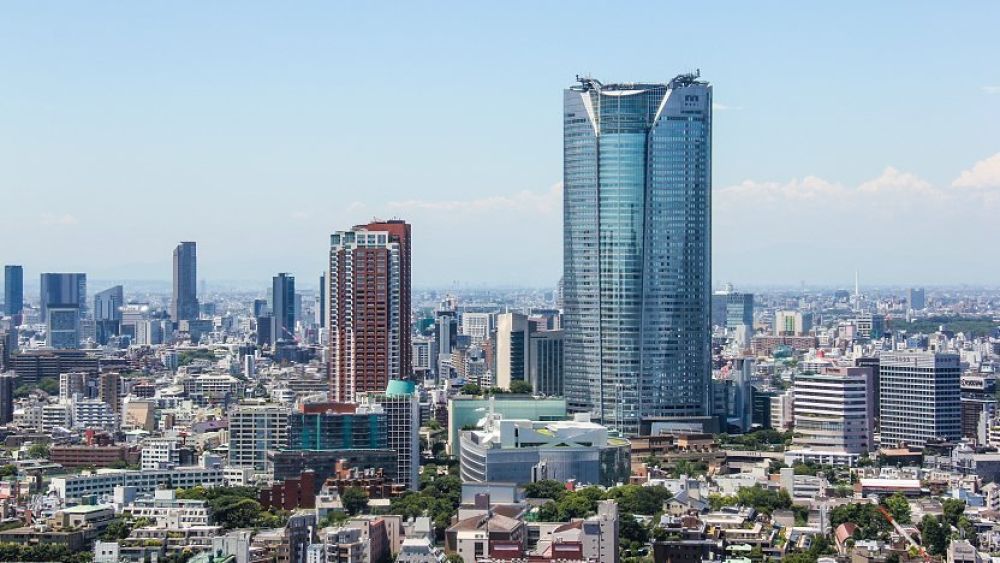

The Roppongi Hills complex, located in the Roppongi district of Tokyo, Japan, is a prime example of a multi-purpose modern urban development. At the heart of this complex is the Mori Tower, which has become a symbol of Roppongi's revitalization and a beacon for tourists from around the world. Although Roppongi has had a colorful history as an entertainment district, the development of Roppongi Hills, which opened its doors in 2003, signified a new era of urban tourism for the area.
Historically, Roppongi was known for its bustling nightlife, with a plethora of bars, nightclubs, and restaurants that catered to both locals and expatriates. In the 1980s and 1990s, it was particularly popular as an entertainment zone for foreign visitors and servicemen. However, the vision for Roppongi Hills was to transform the district into a high-class, integrated cultural center. It was designed to offer a mix of office space, residential apartments, cultural venues, and recreational facilities alongside the entertainment venues.
The Roppongi Hills project was spearheaded by the developer Minoru Mori and his company, the Mori Building Company. It was part of his broader vision for a “vertical garden city” that would redefine urban living in Tokyo. Stretching over 11 hectares and incorporating multiple buildings and facilities, Roppongi Hills was designed to be a self-contained environment, reducing the need for commuting and enhancing the quality of life and work for its inhabitants and visitors.
Since its grand opening, Roppongi Hills has attracted tourists with its blend of art, culture, commerce, and leisure. Attractions like the Mori Art Museum, which regularly hosts international art exhibitions, and the open-air Mori Garden have become popular destinations. The Tokyo City View observation deck and the skydeck offer breathtaking views of Tokyo’s skyline, including sights such as Tokyo Tower and, on clear days, Mount Fuji.
In recent years, Roppongi Hills has embraced various tourism trends to continue attracting visitors. These include hosting seasonal events like art festivals, Christmas markets, and light-up displays. Dining experiences have also diversified, with the introduction of international cuisines and fine dining options to complement the traditional Japanese restaurants. With the growing interest in experiential travel, Roppongi Hills has increasingly promoted interactive experiences, workshops, and cultural exhibitions that allow tourists to immerse themselves in Japanese culture and arts.
Roppongi Hills has also taken strides to become a model for sustainable tourism. Initiatives such as energy conservation, use of renewable energy sources, and waste reduction are an integral part of its operations. The complex’s design includes green spaces that contribute to biodiversity and provide a green oasis within the bustling metropolis, aligning with contemporary values of environmental stewardship and sustainable travel.
In conclusion, Roppongi Hills has evolved from a once traditional nightlife district into a sophisticated and modern tourist destination that seamlessly integrates cultural experiences with urban sophistication. It continues to redefine urban tourism in Tokyo, setting trends and standards for how cities can attract visitors while offering them a unique and multi-faceted experience.